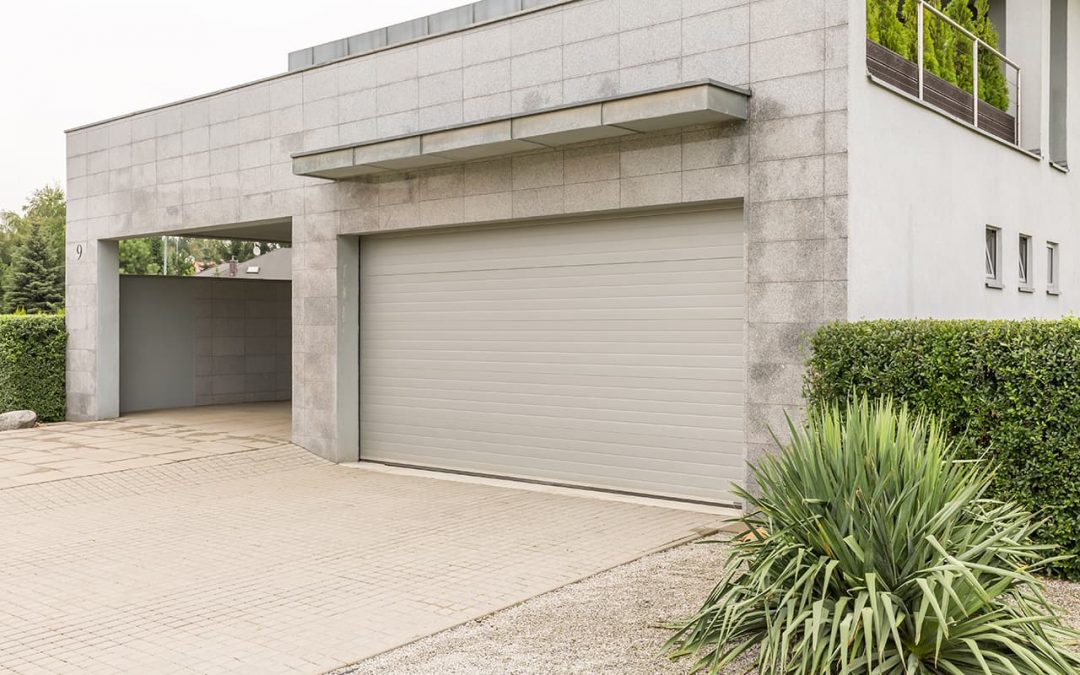Talk about confusing. You might decide that your garage is an important part of your house, but according to real estate experts, this square footage is not. In many cases, neither is the basement – even if it’s finished.
Meanwhile, let’s say you convert the space in your attic into an office or a media room (or maybe even a man-cave). The square footage in this area that has at least seven feet of clearance can be included and used to help determine the potential value of your home.
What About Converted Garages?
In an effort to claim space, some homeowners claim the attached garage for interior living space. But to count toward the overall value of a home, your garage must be properly converted from its original purpose to true living space.
It’s more than installing carpet and drywall. There may be specific local regulations that require you to have proper building permits – and maybe even keep that rolling garage door in place. Depending on the scope of the conversion, there could be plumbing, mechanical, and electrical contractors involved.
The purpose isn’t to make things difficult for you to utilize the space in your house. This converted area must meet the standards set by local zoning and regulations to qualify as actual living space. Generally, it must exhibit the same quality of construction as the rest of the house, and it has to be accessible by a door or hallway without leaving the main house.
Where Do the Cars Go?
Snagging the garage for extra living space can make sense for some homeowners, especially in urban areas where a car might not even be necessary. It’s important, however, to make sure you’re not permanently depressing the potential sales value of your home with a garage conversion. If you decide to sell some time in the future, potential buyers might be put off by the lack of a place to park their vehicles or have extra storage.
It’s also possible that you may live in an area that requires a certain number of covered, off-street parking spaces that are alloted to each property. If you convert your attached garage into a living space, you may have to build another garage.
The average two-car garage is about 676 square feet, so converting an attached garage to living space can make a significant difference. On the other hand, you could be in for sticker shock if you’re building something to replace it in the form of a detached garage. National estimates for a two- to four-car garage range from more than $58,000 to over $86,000 using traditional construction.
If you’re going to go with a new detached garage, worry less about cost and focus more on space by going with a Miracle Truss® DIY prefabricated steel and metal garage. A choice of exterior options allow you to match your new garage to the existing architecture and design on your property. Learn more about our current building specials.



